I’ll admit that I used to leave my studio monitors on, and I would not turn them off after I was done with my mixing. I decided to check out the advantages of turning my monitors off after a day’s use in the studio.
Studio monitors can stay on for an extended period. However, some benefits to turning them off after use include saving on your electricity bill, prolonging the life of your monitors, and helping you save money due to fewer repairs and replacements for monitor parts or monitors themselves.
Even though you can leave your studio monitors on, I would not recommend it. There are some good reasons to turn them off, which we will get into shortly.
Let’s get started.
What Does Leaving Your Studio Monitors “On” Mean?
In a nutshell, leaving your monitors on means that power (electrical current) is continuously running through them. This means that if the monitors are active (they have a built-in amplifier), then all the internal components of that amplifier are on and working to a certain degree.
Some of these internal components include rectifiers and capacitors, and these can get damaged to some degree if studio monitors are left on for a prolonged period.
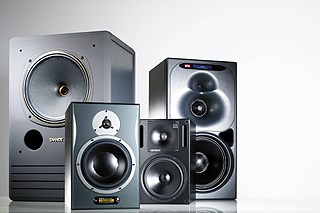
Technically if you are using passive studio monitors, then you cant turn them off or on. For more on this, feel free to read my article on – Can you use bookshelf speakers as studio monitors.
In that article, I go into detail about active and passive studio monitors. Let’s just do a quick recap here and discuss the effects of leaving your passive monitors “on” means.
Types Of Studio Monitors
There are two types of studio monitors:
- Passive Monitors (these do not have built-in amplifiers)
- Active Monitors (these have built-in amplifiers)
(By the way, you can take a look at our recommended gear section for our suggestions on some incredible studio monitors. Click Here)
Active Monitors
These monitors have a built-in amplifier that drives and powers the studio monitors. There is a built-in amplifier for each monitor.
So, a pair of monitors will have two amplifiers, one in each speaker. Because active studio monitors have built-in amplifiers, it is beneficial to turn them off once you are done using them for the day.
Passive Monitors
Passive monitors do not have built-in amplifiers and are driven by a power amplifier, which is separate from the speakers. Usually, you will have one amplifier driving a certain amount of passive speakers.
Amplifiers can handle at least 2 speakers (depending on their watts and ohms, they can handle more).
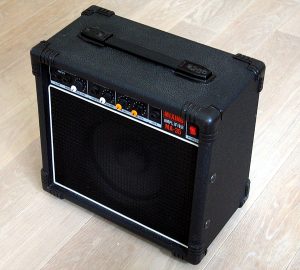
Technically you can’t turn passive monitors off. What you need to do instead is turn off the amplifier that is driving those studio monitors.
Just because passive studio monitors do not have built-in amplifiers does not mean they can’t take the strain and get damaged. Electricity (current) is still being passed to the studio monitors from the amplifier, even if no audio is being played through them.
Reasons Why You Should Turn Your Studio Monitors Off
There are actually several reasons why you should turn off both your active studio monitors and also the amplifier for your passive monitors:
- Reduce Power Consumption
- Preserve Internal Amplifier Components
- Save Money
Let’s take a closer look at each of these considerations.
Power Consumption
Depending on the power of the active studio monitors, each speaker will draw a certain amount of electricity. Now, this might not be a lot, but it can add up over time costing you a lot of money.
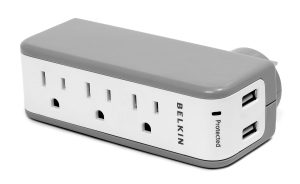
You could use that saved money for getting new and better gear or for fixing your gear if necessary.
Internal Amplifier Components
Capacitors and other components which make up the internal workings of an amplifier (whether they are active internal amplifiers or separate amplifiers) can deteriorate over time, especially if they are left on.
Capacitors can dry out because of heat. Heat is caused when the amplifier is on and drawing energy. If left on for extended periods, then these capacitors can degrade and get damaged.
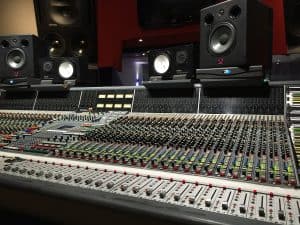
One thing to note is that some people do leave their studio monitors on, and some have left them on for a considerable amount of time (I’m talking years), and nothing has happened.
This could be due to many reasons. Some of these reasons include the quality of the studio monitor and the quality of the components that make up the internal amplifier.
Saving Money
By switching your studio monitors off; the reduced electricity will save you some money, as we already discussed. Furthermore, the components such as the capacitors, fuses, and other parts will have a longer lifespan.
That means you will not have to replace or repair them for years to come. If you work it out, the cost of repairing and replacing components of a studio monitor can be considerable.
Therefore, you will be able to save a tidy little sum of money that you could reinvest into other equipment for music production.
External Factors
Some factors (like power surges and electrical hiccups in your home or studio’s electrical circuit) can cause your monitors to get damaged or become faulty. This is another good reason to turn off your studio monitors once you are done with your work for the day.
When To Leave Studio Monitors On
The only time I would recommend leaving your studio monitors on is when they are new, and you need to break them in. Studio monitors have electro-dynamic drivers (woofers), and you need to break them in like a new pair of leather shoes.
Various materials and components make up a pair of studio monitors, and one component is the suspension system. The suspension system on a new set of studio monitors is usually stiffer than what they need to be.
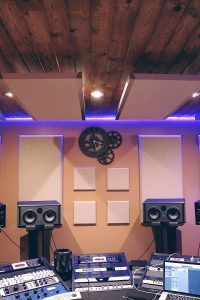
The membrane of the monitor sits on the suspension unit, and this needs to be worn in for the membrane to move in the desired and correct way.
Hence it is beneficial to break in your pair of monitors before attempting to use them on critical mixes. Some manufacturers break in your studio monitors for you, and you can use them for mixing straight out of the box.
This is the only time I would recommend leaving your monitors on. The recommended time to break in your studio monitors is about 8 hours of continuous audio playback.
One thing to note is that you should be playing audio that covers the entire spectrum at a reasonably loud volume to break in your monitors.
Watch ADAM Audio explain what breaking in studio monitors mean.
Studio Monitor Maintenance Tips
Here are some tips that will help you keep your studio monitors in tip-top condition. Follow these tips, and your studio monitors will provide you with crystal clear professional sound for years and years.
Place Your Monitors On A Flat Surface
Remember to place your monitors on a flat surface and the correct distance away from you. Manufactures do give you the option to purchase studio monitor stands.
Studio monitor stands are helpful because you can adjust them once and keep your monitors at the correct height and distance away from you. Another advantage is that your monitors won’t be susceptible to vibrations and interference from each other.
Take a look at our take on some great studio monitor stands in our recommended gear section. Click Here
Let Studio Monitors Acclimate To The Environment
Humidity, heat, and cold can all affect your studio monitors. Remember to let them “climatize” to their new environment.
This means giving them a couple of days to settle in. A dry environment could make your monitors sound bright and distorted, while a humid environment could seeing you lose clarity on the very high ends and the very low ends.
Don’t Place Anything Near Or On Your Monitors
This goes without saying that nothing should be near your monitors., and that goes for decorations like lava lamps as well. Any form of electronics could cause a feed that could potentially damage and harm your monitors.
Power Up Your Monitors
Don’t just turn on your monitors and then jump right into your mix. Some components of the amplifiers need time to warm up (tubes), only when these components are warm do they deliver great clear professional sound.
Power Down Your Monitors
Emphasizing the title and content of this article. Remember to turn off your monitors. Many factors could cause your monitors to get damaged or become faulty and remember its better to be safe than sorry.
Cleaning Your Studio Monitors
Its recommended that you never clean the internal parts of your studio monitor, and in some cases, you should not even try to attempt to clean the speaker membranes.
The membranes are delicate and can get damaged almost instantaneously. Do not ever wet them or wipe them down with a cloth and a multi-surface spray cleaner.
If you feel comfortable, then the only thing you should ever attempt to use to clean the membranes of the monitors is a very soft brush. If you do try to clean the membranes, just brush them slightly.
For the rest of the monitor, you can spray a multi-surface cleaner onto a soft cloth and wipe your monitors down. That’s all you ever need to do to clean them.
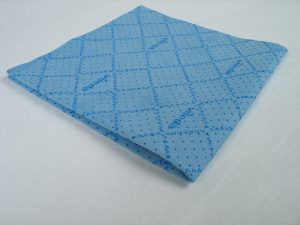
If you want to get them refurbished or you want to have them serviced, I highly suggest sending them into a professional to get it done.
Watch ADAM Audio explain some audio monitor maintenance tips.
Conclusion
In conclusion, you can leave our studio monitors on. Some people have left them on for years without a problem. However, I would point out that this is the exception to the rule, and I would highly suggest turning off your monitors after you have used them for a variety of reasons.
These being that the monitors are more susceptible to wear and tear (this includes the internal amplifier and its components), your electricity bill will be slightly higher than it had to be, and you could spend the money you save on replacing parts or other studio gear.

